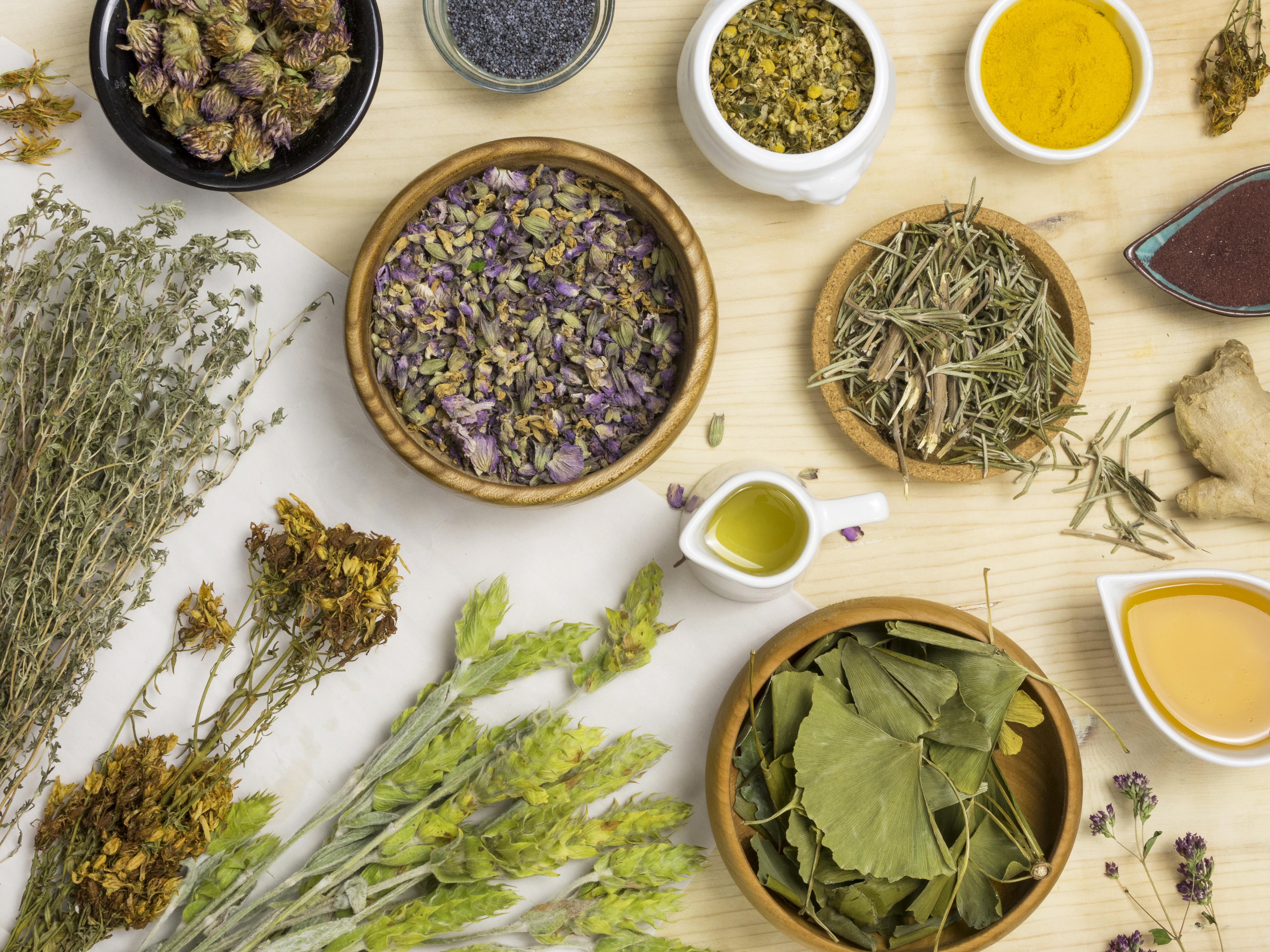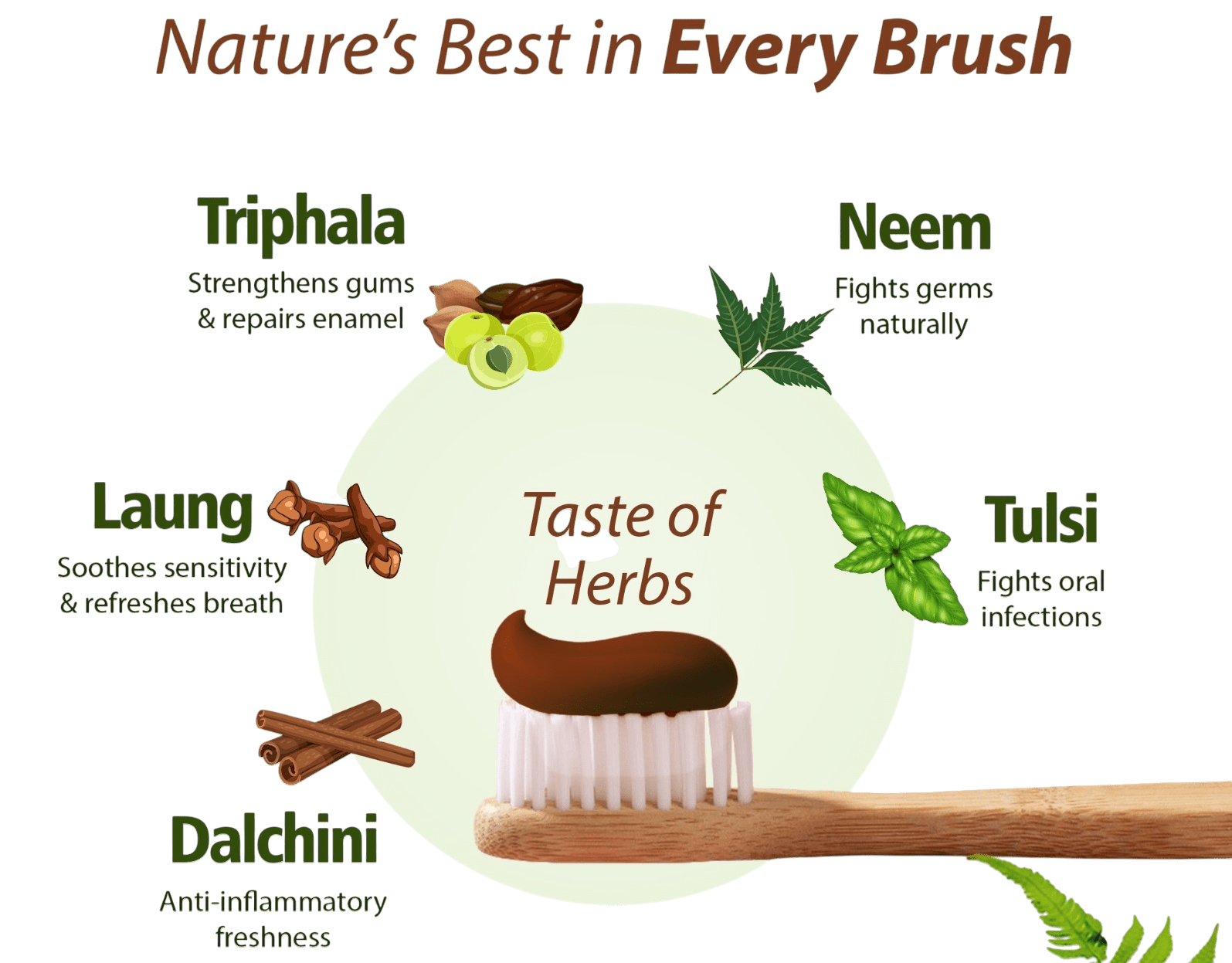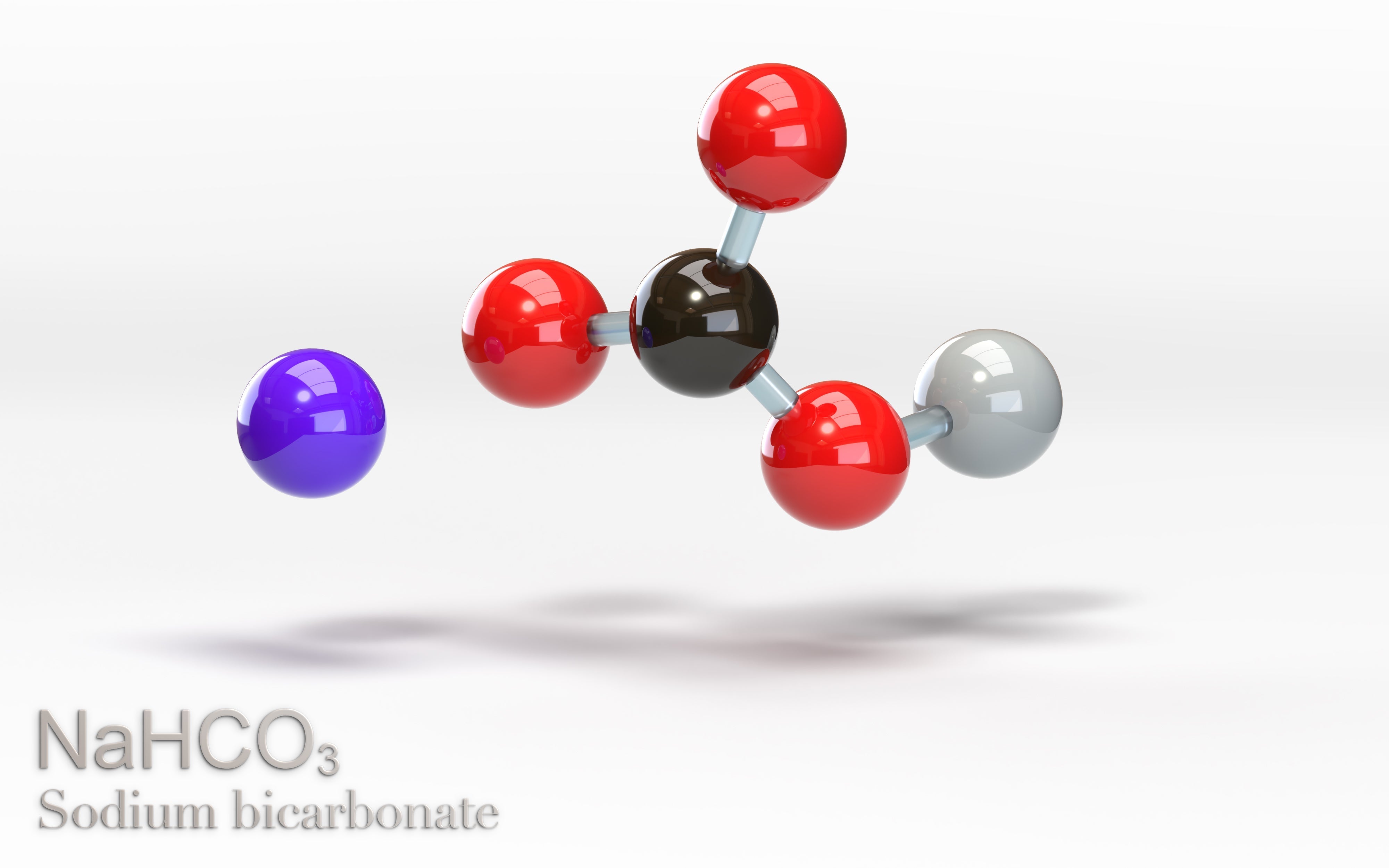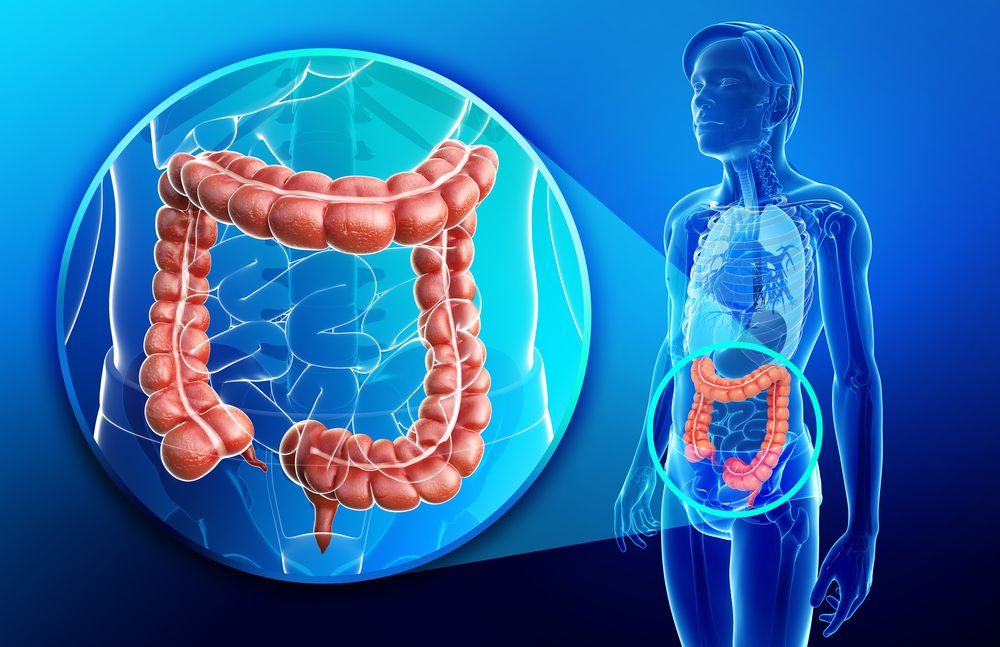Introduction
When it comes to oral care, toothpaste plays a crucial role in keeping your teeth strong, your gums healthy, and your breath fresh. But have you ever stopped to check the toothpaste ingredients on the label before buying? Many people focus on flavor or brand, but the real secret to a healthy smile lies in what’s inside the tube.
With a wide range of options like natural toothpaste, SLS-free toothpaste, and herbal toothpaste, it’s important to understand the difference between good toothpaste ingredients that support oral health and harmful ingredients in toothpaste to avoid.
In this guide, we’ll break down the best toothpaste ingredients for healthy teeth, identify toothpaste ingredients that damage enamel, and help you choose the right one for a naturally beautiful smile.
Understanding Toothpaste Ingredients
Toothpaste is more than just a minty paste—it’s a combination of active and inactive components that work together to clean, protect, and refresh your mouth.
A toothpaste formula generally includes:
Active ingredients (provide therapeutic benefits like cavity protection or sensitivity relief)
Inactive ingredients (add texture, flavor, or shelf life)
However, not all ingredients are created equal. Let’s explore the good and bad ones.
Good Toothpaste Ingredients for Healthy Teeth
If you’re looking for the best toothpaste ingredients for healthy teeth, focus on those that clean effectively while protecting enamel and gums.
1. Fluoride
· What it does: Strengthens enamel and prevents tooth decay.
· Why it’s good: Scientifically proven to remineralize weakened areas of the tooth.
· Best for: People prone to cavities.
✅ Look for “Sodium Fluoride” or “Stannous Fluoride” on labels.
2. Calcium Carbonate
· What it does: Acts as a gentle abrasive to remove plaque and surface stains.
· Why it’s good: Safe for enamel and helps maintain tooth whiteness.
3. Xylitol
· What it does: A natural sweetener that inhibits the growth of decay-causing bacteria.
· Why it’s good: Keeps the mouth’s pH balanced and prevents cavities.
4. Aloe Vera
· What it does: Soothes gums and reduces inflammation.
· Why it’s good: Found in herbal toothpaste and known for healing properties.
5. Herbal & Essential Oils
· Examples: Tea tree oil, neem, clove oil, peppermint oil.
· Why they’re good: Offer antibacterial, antifungal, and breath-freshening benefits without harsh chemicals.
6. Baking Soda (Sodium Bicarbonate)
· What it does: Neutralizes acids in the mouth and acts as a mild abrasive.
· Why it’s good: Helps in whitening teeth naturally.
7. Glycerin (Vegetable-Based)
· What it does: Prevents toothpaste from drying out.
· Why it’s good: Safe and helps maintain texture.
8. SLS-Free Cleansers
· Why important: SLS-free toothpaste uses gentler foaming agents (like cocamidopropyl betaine) that don’t irritate gums or cause mouth ulcers.
Natural Toothpaste Ingredients List (Good Choices)
· Sodium fluoride
· Xylitol
· Calcium carbonate
· Aloe vera gel
· Tea tree oil
· Neem extract
· Clove oil
· Peppermint essential oil
· Baking soda
· Cocamidopropyl betaine (instead of SLS)
Bad or Harmful Toothpaste Ingredients to Avoid

Some toothpaste ingredients can do more harm than good—causing enamel damage, gum irritation, or even long-term health risks.
1. Sodium Lauryl Sulfate (SLS)
· Why avoid: Harsh detergent that can irritate gums and cause mouth ulcers.
· Better choice: SLS-free toothpaste with milder cleansers.
2. Artificial Sweeteners (Saccharin, Aspartame)
· Why avoid: May cause allergic reactions or health concerns for some individuals.
· Better choice: Xylitol or stevia.
3. Triclosan
· Why avoid: Linked to hormone disruption and bacterial resistance.
· Better choice: Natural antibacterial agents like tea tree oil or neem.
4. Microbeads (Polyethylene)
· Why avoid: Harm the environment and can lodge in gums.
· Better choice: Natural abrasives like silica or baking soda.
5. Excessive Abrasives
· Why avoid: Overly abrasive pastes (like those with high silica content) can cause toothpaste ingredients that damage enamel.
· Better choice: Gentle abrasives like calcium carbonate.
6. Artificial Colors & Flavors
· Why avoid: Some dyes can cause allergic reactions.
· Better choice: Plant-based coloring agents and natural flavors like peppermint or cinnamon.
7. Parabens
· Why avoid: Preservatives linked to hormone disruption.
· Better choice: Natural preservatives like citric acid.
Good vs Bad Toothpaste Ingredients – Comparison Table
|
Good Ingredients |
Benefits |
Bad Ingredients |
Risks |
|
Sodium Fluoride |
Strengthens enamel, prevents cavities |
Sodium Lauryl Sulfate (SLS) |
Gum irritation, mouth ulcers |
|
Xylitol |
Fights bacteria, maintains pH balance |
Triclosan |
Hormone disruption |
|
Calcium Carbonate |
Gentle cleaning, removes stains |
Artificial sweeteners |
Allergic reactions |
|
Aloe Vera |
Soothes gums, reduces inflammation |
Microbeads |
Environmental harm, gum irritation |
|
Tea Tree Oil, Neem, Clove Oil |
Natural antibacterial properties |
Excessive abrasives |
Enamel damage |
|
Baking Soda |
Neutralizes acids, whitens teeth |
Artificial colors/flavors |
Allergies |
Tips for Choosing the Right Toothpaste
· Read the label carefully – Avoid harmful additives.
· Opt for natural toothpaste with plant-based ingredients.
· Choose SLS-free toothpaste to reduce irritation.
· Look for the best toothpaste ingredients for healthy teeth such as fluoride, xylitol, and aloe vera.
· Avoid toothpaste ingredients that damage enamel – choose mild abrasives.
· If in doubt, consult your dentist for a recommendation.
Why Natural & Herbal Toothpaste is a Great Option
Natural toothpaste and herbal toothpaste often avoid synthetic chemicals, using plant-based extracts and minerals that are safe and effective.
· Gentle on enamel
· No harsh foaming agents
· Environmentally friendly
· Often free from harmful ingredients in toothpaste to avoid
Dr. Aayu Green Triphala Toothpaste – SLS-Free Toothpaste

For those seeking a natural toothpaste that is as gentle as it is effective, Dr. Aayu Green Triphala Toothpaste offers the perfect blend of ancient Ayurvedic wisdom and modern oral care science. Its SLS-free toothpaste formula is designed to protect sensitive gums while delivering a deep, thorough clean, all without compromising on safety or environmental responsibility.
One of the biggest advantages of this product lies in what it avoids. It contains no harmful ingredients in toothpaste to avoid, such as sugars, artificial sweeteners, harsh detergents like SLS, fluoride, parabens, synthetic flavors, or calcium carbonate—making it a safe choice for those concerned about toothpaste ingredients that damage enamel.
Instead, it is enriched with some of the best toothpaste ingredients for healthy teeth, carefully chosen from the natural toothpaste ingredients list. These include:
· Triphala Extracts (Haritaki, Bibhitak, Amalaki) – rich in antioxidants that support gum health.
· Clove – a natural antiseptic that helps reduce oral bacteria.
· Tulsi (Holy Basil) and Neem – known for their antibacterial and healing properties in herbal toothpaste formulations.
· Cinnamon – adds a touch of natural freshness while aiding in oral hygiene.
· Coconut-Based Surfactant – a gentle, eco-friendly cleanser.
· Herbal Wooden Scrub – helps remove plaque without harming enamel.
· Natural Oils and Herbs – provide an authentic aroma without artificial fragrances.
How to Use:
Apply a small amount to your toothbrush, brush for 2–3 minutes, and rinse thoroughly. For best results, use twice daily—morning and night.
Dr. Aayu Green Triphala Toothpaste is more than just another organic toothpaste; it’s a chemical-free and herbal toothpaste alternative, designed for those who value both oral health and the purity of the products they use.
Conclusion
Your toothpaste is more than just a morning habit—it’s a daily investment in your dental health. By knowing which toothpaste ingredients are beneficial and which ones can be harmful, you can make informed choices that protect your enamel, gums, and overall health. Whether you go for organic toothpaste ingredients, SLS-free toothpaste, or a herbal toothpaste, the right formula can help you maintain a healthy, confident smile.
FAQs
Q1: Is fluoride safe in toothpaste?
Yes, fluoride is considered safe in regulated amounts and is one of the most effective ingredients for preventing cavities.
Q2: What is the benefit of using SLS-free toothpaste?
SLS-free toothpaste prevents gum irritation and is especially good for people prone to mouth ulcers.
Q3: Are all whitening toothpastes safe?
Not always—some use harsh abrasives that can damage enamel. Look for natural whitening agents like baking soda.
Q4: Can herbal toothpaste clean as well as regular toothpaste?
Yes, when formulated with effective natural ingredients like neem, clove, and peppermint oil, herbal toothpaste can clean effectively.
Q5: What are the worst harmful ingredients in toothpaste to avoid?
Sodium lauryl sulfate (SLS), triclosan, microbeads, parabens, artificial sweeteners, and excessive abrasives.
Q6: How do I find the best toothpaste ingredients for healthy teeth?
Read labels, choose natural toothpaste ingredients list with fluoride, xylitol, aloe vera, and gentle abrasives.







